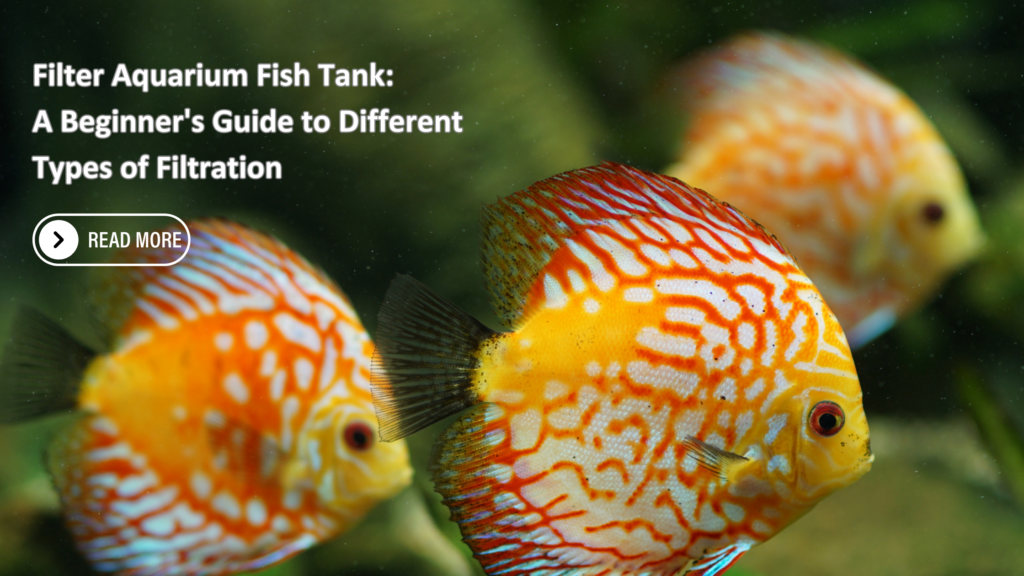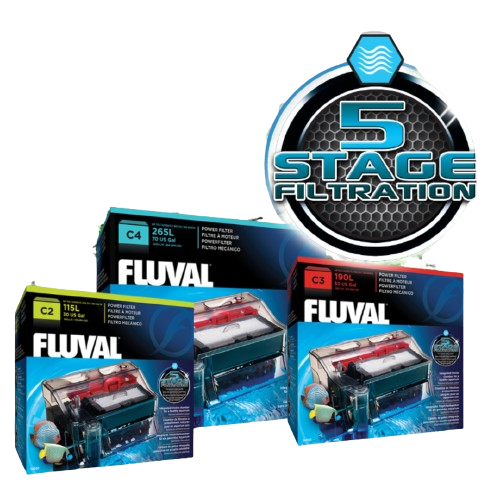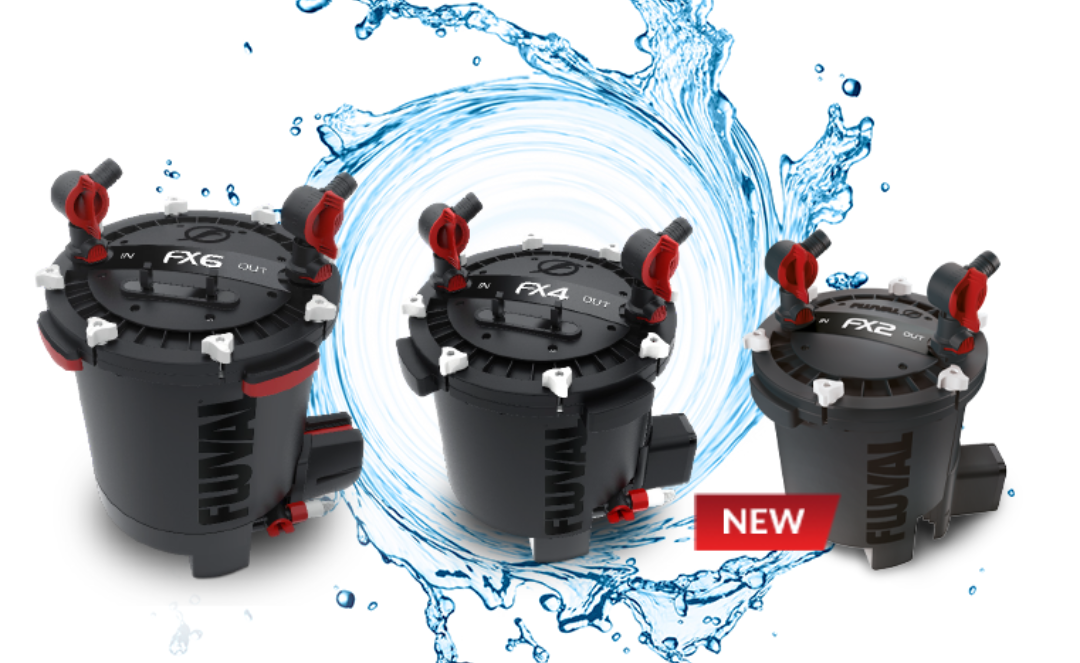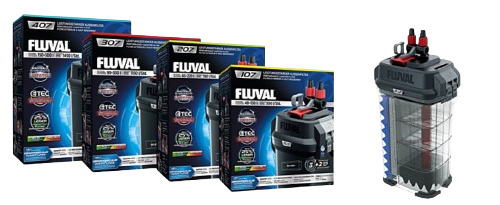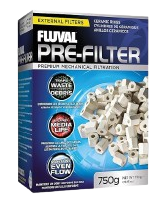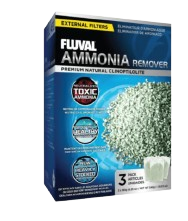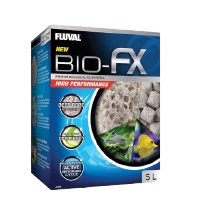Blog, English Blog, Uncategorized
Filter Aquarium Fish Tank: A Beginner’s Guide to Different Types of Filtration
A filter is the heart of any aquarium, ensuring a clean, balanced, and healthy environment for your aquatic pets. With so many brands, types, and sizes available, choosing the right filter for your setup can feel overwhelming. In this guide, we’ll break down the essentials of aquarium filtration and help you decide which system best suits your needs.
Why Is a Filter Essential for Your Filter Aquarium Fish Tank?
A filter is more than just an accessory—it plays a crucial role in maintaining a thriving ecosystem. By keeping water in motion, a filter prevents stagnation, which can lead to harmful ammonia & nitrite buildup. Without proper filtration, oxygen circulation is reduced, poor water clarity, posing a risk to fish, shrimp, and plants.
A well-functioning filter also aids in removing waste, keeping water clear, and housing beneficial bacteria crucial for a balanced nitrogen cycle. Whether you have a small betta tank or a large aquascape or a monster tank or a marine tank , investing in the right filter will significantly impact the health and appearance of your aquarium.
Types of Aquarium Filters
Several types of filters are available, each with unique benefits. The most common options include:
- Hang-On-Back (HOB) Filters
HOB filters are widely used due to their balance of convenience and effectiveness. As the name suggests, they hang on the back of the tank and work by drawing water in, passing it through filter media, and returning clean water via a spout. They are easy to maintain, suitable for a range of tank sizes, and provide mechanical, biological, and chemical filtration.While they require frequent maintenance and are often affordable,
Tip: Highly recommended for small tanks, for a bigger tank usage of two HOB filters can improve water circulation and efficiency!
- Canister Filters
Canister filters are powerful, high-capacity systems that sit outside the tank, typically in an aquarium stand. These filters are best for larger setups (30+ gallons) that require robust mechanical, biological, and chemical filtration. While they require maintenance in 3 or 4 months and are often pricier compared to HOB filters, their superior performance and discreet setup make them a top choice for serious aquarists.
Tip: Recommended for any size tanks big, small tanks, they can handle anything.
Understanding Filtration Types
A well-functioning Filter Aquarium typically includes three types of filtration:
- Mechanical Filtration
Mechanical Filtration are the sponges in the filters and they remove solid waste such as uneaten food, fish waste, and decaying plant material. Filter floss, sponges, and fine mesh pads physically trap debris, ensuring water clarity and aeration. They are the 1st stage of filtration.
- Biological Filtration
Biological filtration relies on microorganisms, primarily on beneficial bacteria, which are housed in these media and they break down harmful substances in water, such as ammonia and nitrite, into less toxic forms, enhancing water quality for aquatic life and various applications., helping to maintain a stable nitrogen cycle. Bio-media like ceramic rings or bio-balls or high performance media will provide ample surface area for these bacteria to thrive.
- Chemical Filtration
Activated carbon, ammonia remover pads and other chemical media help remove dissolved impurities, odors, and discoloration from the water. However, be mindful that activated carbon can also absorb medications and fertilizers, so it should be removed when dosing treatments.
Essential Filter Aquarium Fish Tank
Choosing the right filter media is just as important as selecting the filter itself. Here are key components to consider:
Pre Filter : A fine sponge material that traps small particles before water enters the main filtration.
Filter Sponge: Coarse foam that captures larger debris and prevents clogging.
Bio Media (Ceramic Rings/Bio Balls/high performance media): Provides surface area for beneficial bacteria to establish and support biological filtration.
Activated Carbon (Optional): Absorbs chemical pollutants but requires regular replacement.
Selecting the Right Filter for Your Tank
Before purchasing a filter, consider these factors:
Tank Purpose: Display tanks benefit from discreet HOB or canister filters, while breeding tanks can function well with sponge filters.
Filteraton/Flow Rate: A quality filter should cycle at least twice the total capacity of your aquarium water. Ex: Measured in gallons per hour (GPH), your filter should cycle water 4-6 times the tank volume per hour. For example, a 20-gallon tank needs a filter rated for at least 80-120 GPH.
Tank Size: Larger aquariums require more powerful filters or multiple units to maintain optimal water movement and clarity.
Filter Maintenance Tips
Regular maintenance is key to keeping your filter efficient and your tank healthy. Here’s a simple guide:
Mechanical Media: Rinse sponges and filter floss in aquarium water (not tap water) to prevent killing beneficial bacteria.
Chemical Media: Replace activated carbon every 4-6 weeks to maintain effectiveness.
Biological Media: Never rinse bio-media under tap water, as chlorine can eliminate beneficial bacteria. Instead, swish it in tank water during routine cleanings. It’s advised Replace 50% of the media in every 3-6 months depending upon the dirt or waste accumulated on them.
By understanding the role of filtration and maintaining your system properly, you’ll create a thriving aquatic environment for your fish and plants.
“ Remember you have mother nature in a glass box, and in nature the moss act as a sponge filter, rocks and pebbles act as a biological filtration, the plants/tree roots act as a chemical filteration and the rain always add more new water into the system and an always good moving water will be the cleanest. So a good filter will do nature’s work for you. Wish you a Happy Fish Keeping. – JINJU MS “
Would you like me to refine it further, add more details, or adjust the tone to better match Fluval’s style?
Let me know how we can help!
What type of filter do you use? Share your experiences in the comments below!





